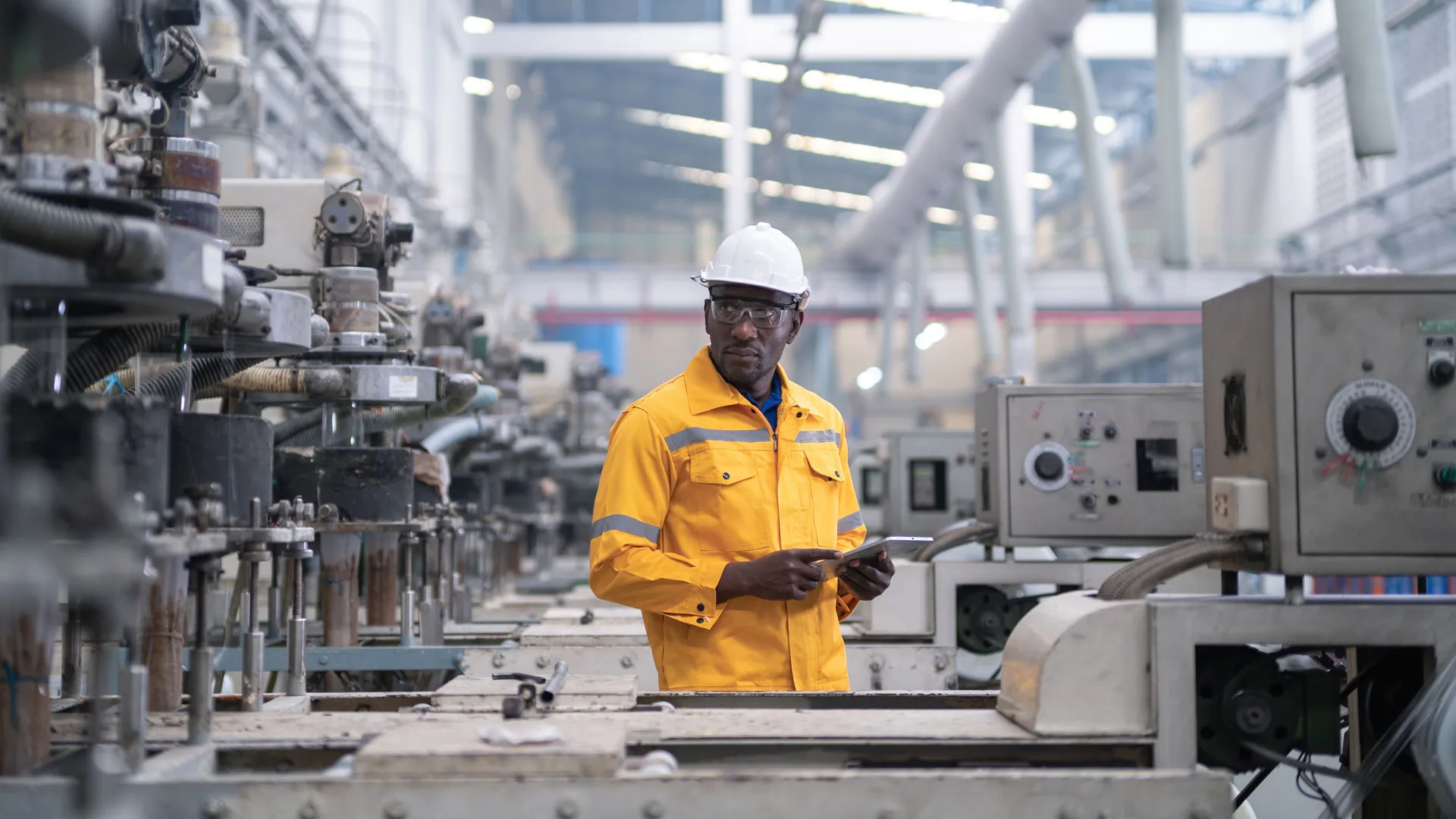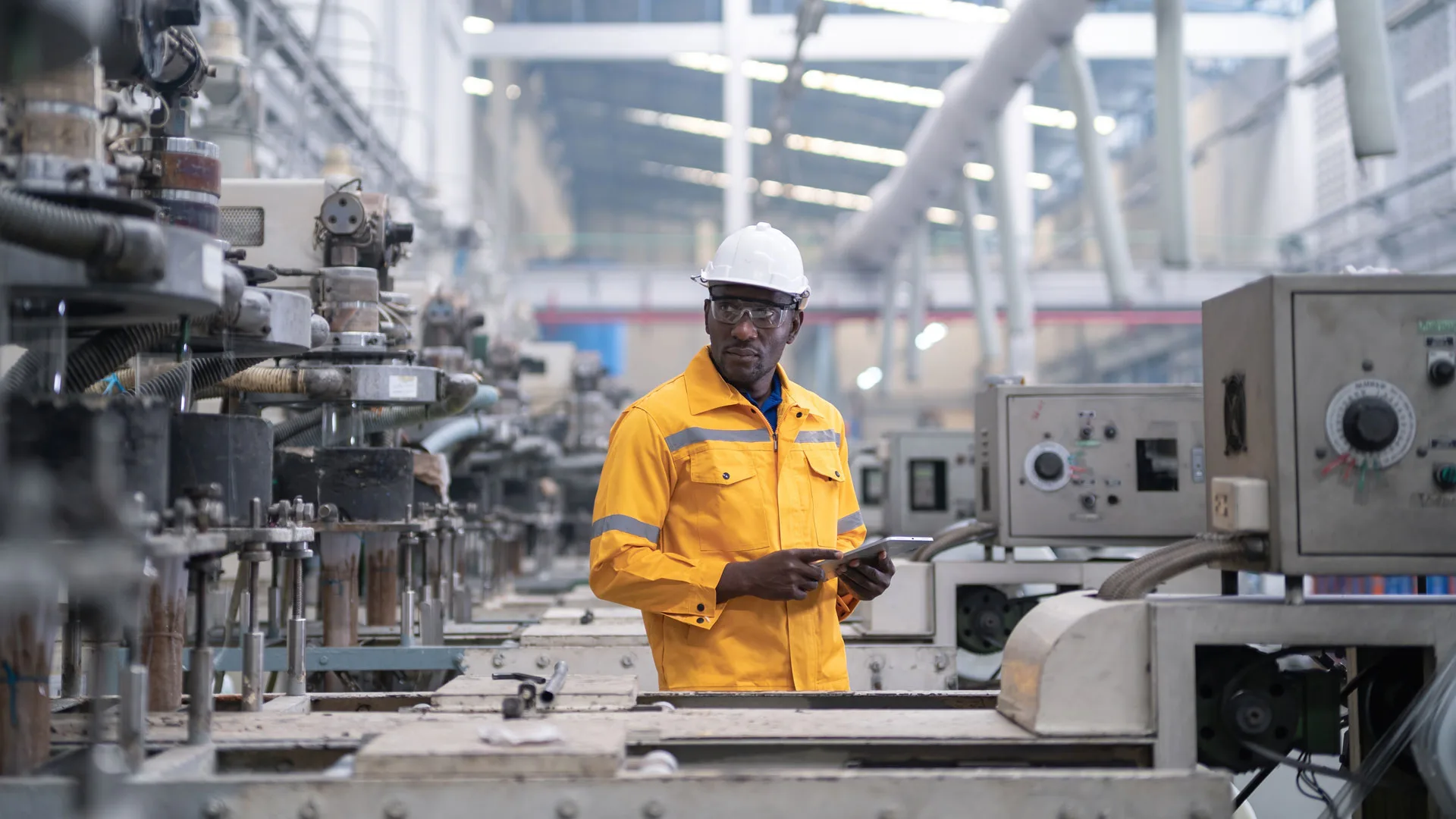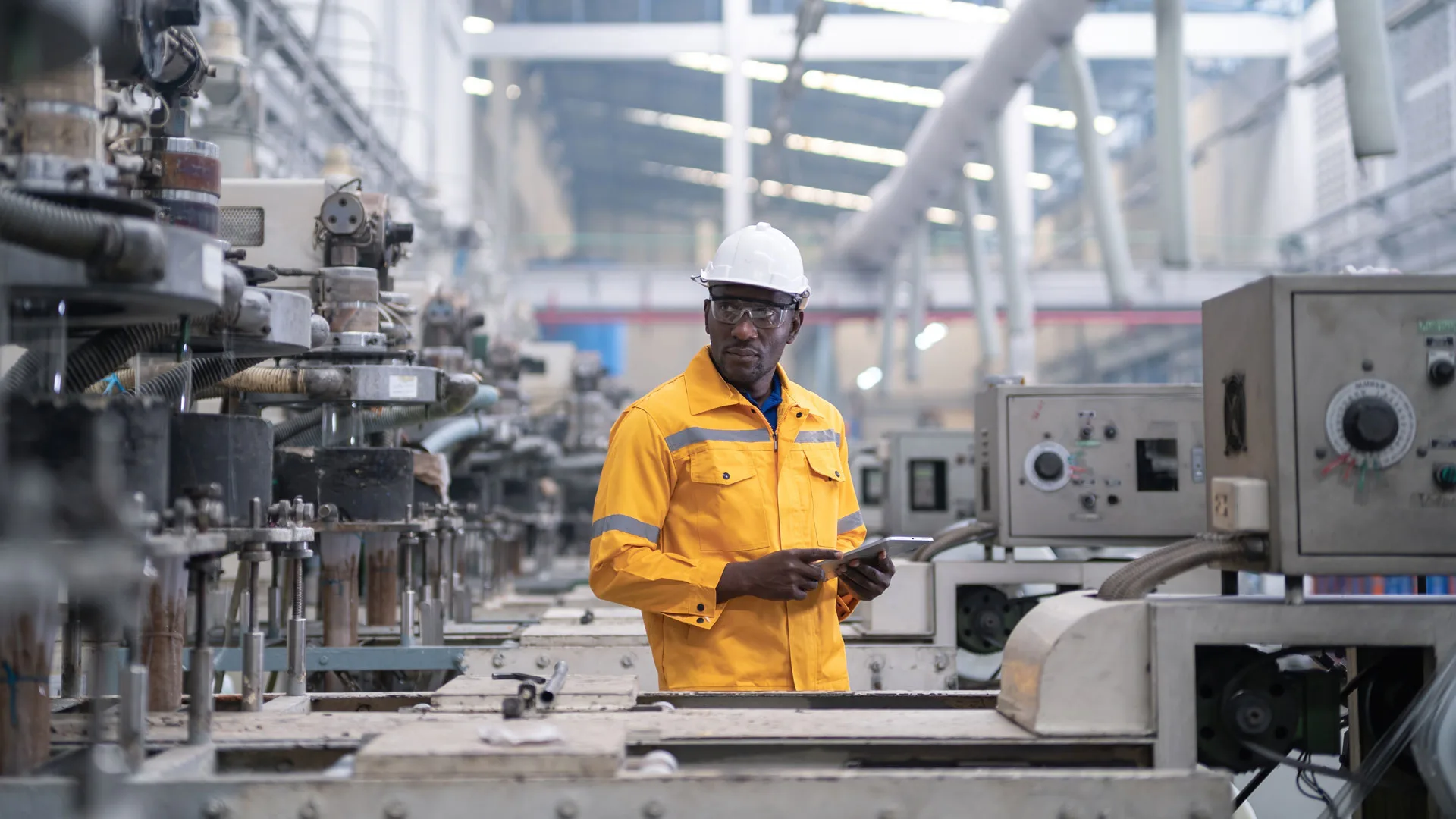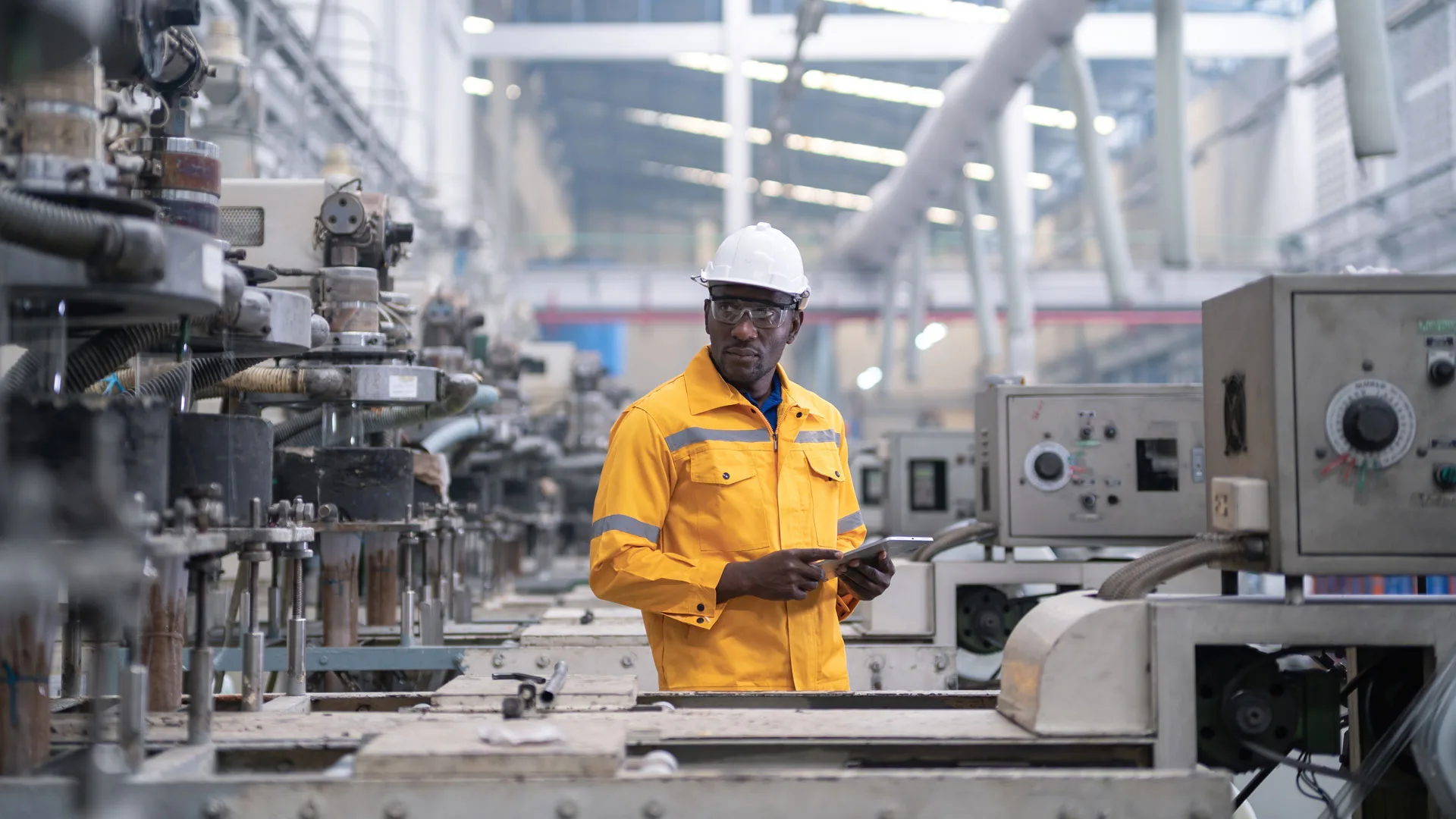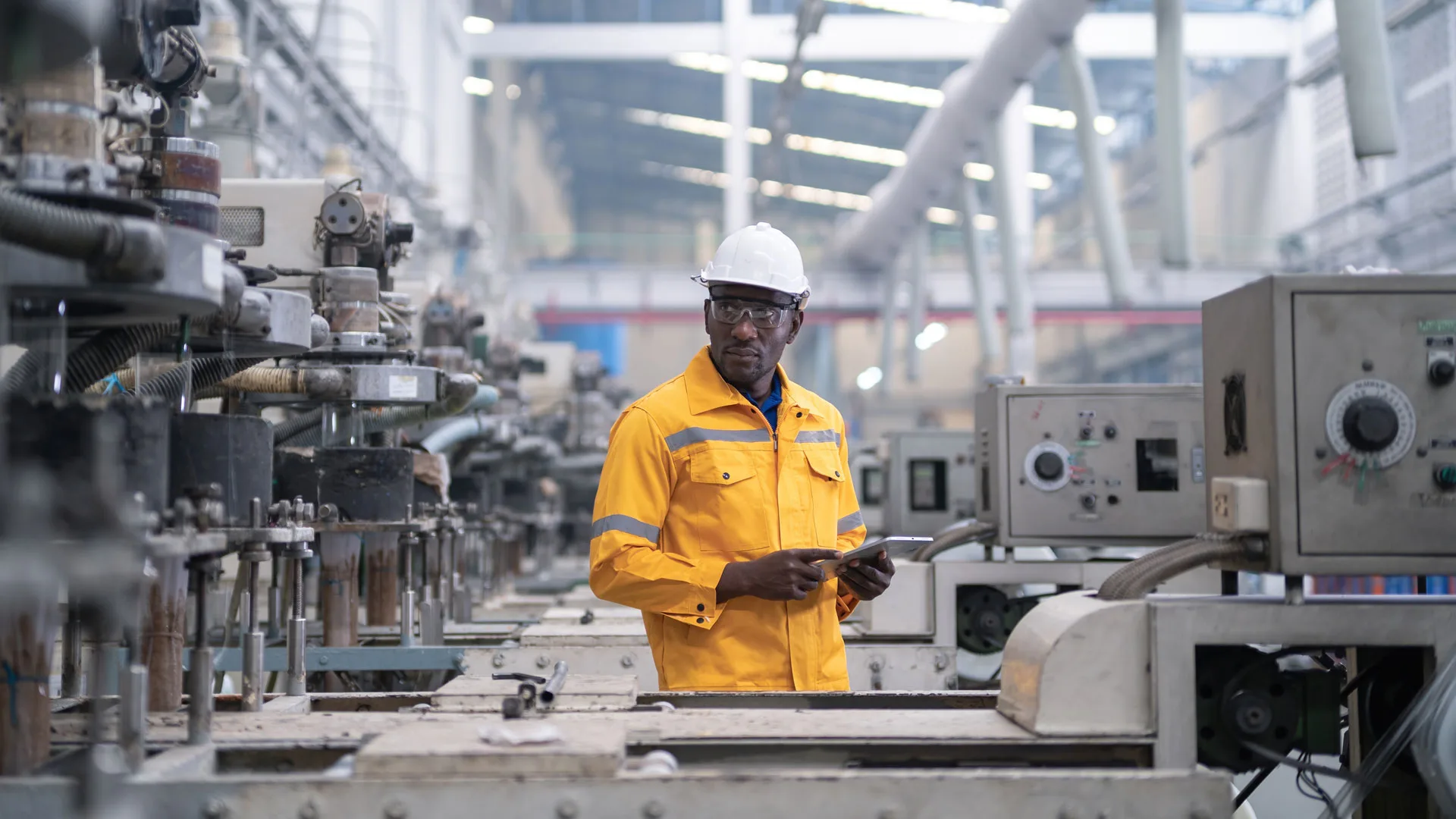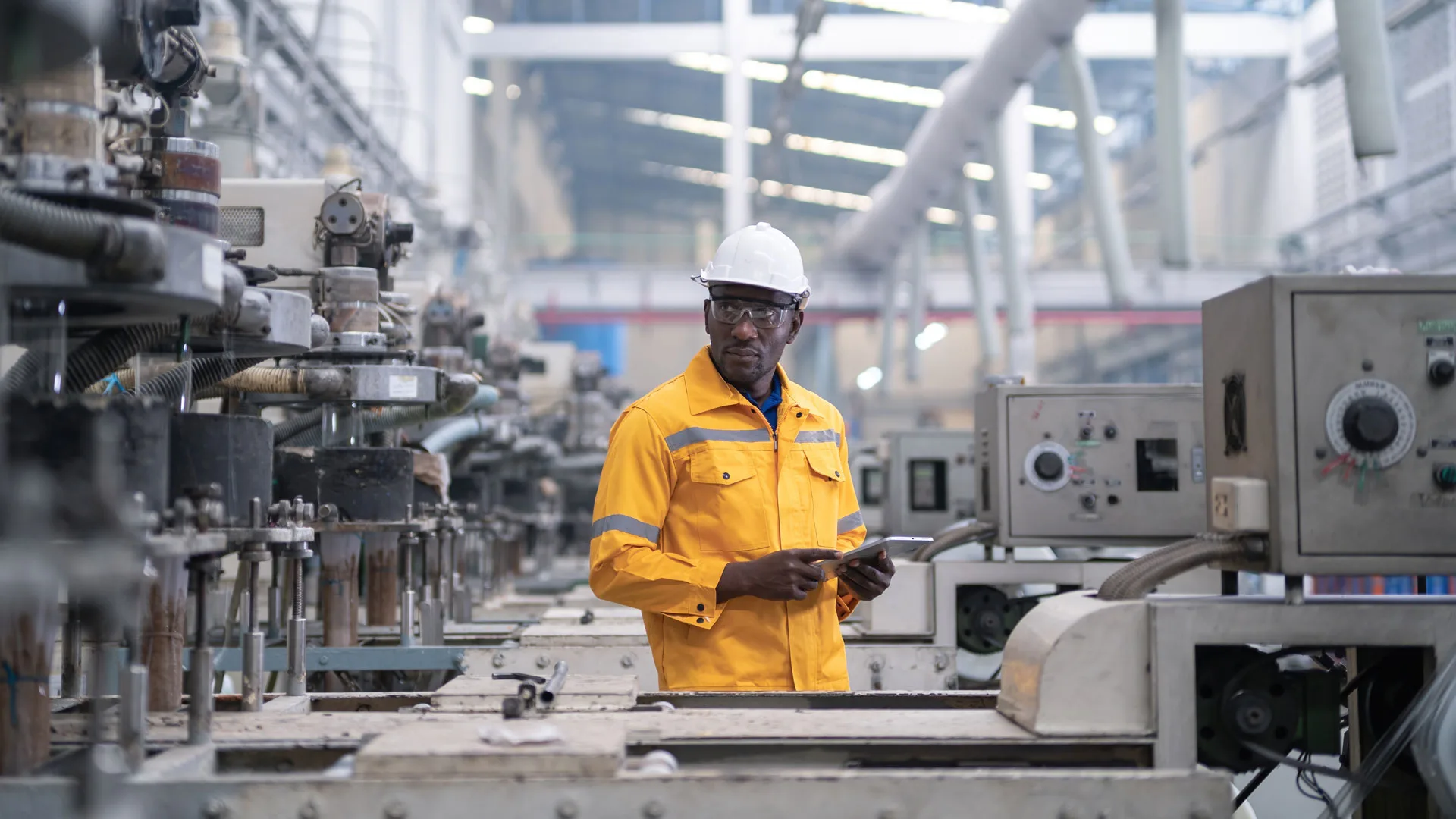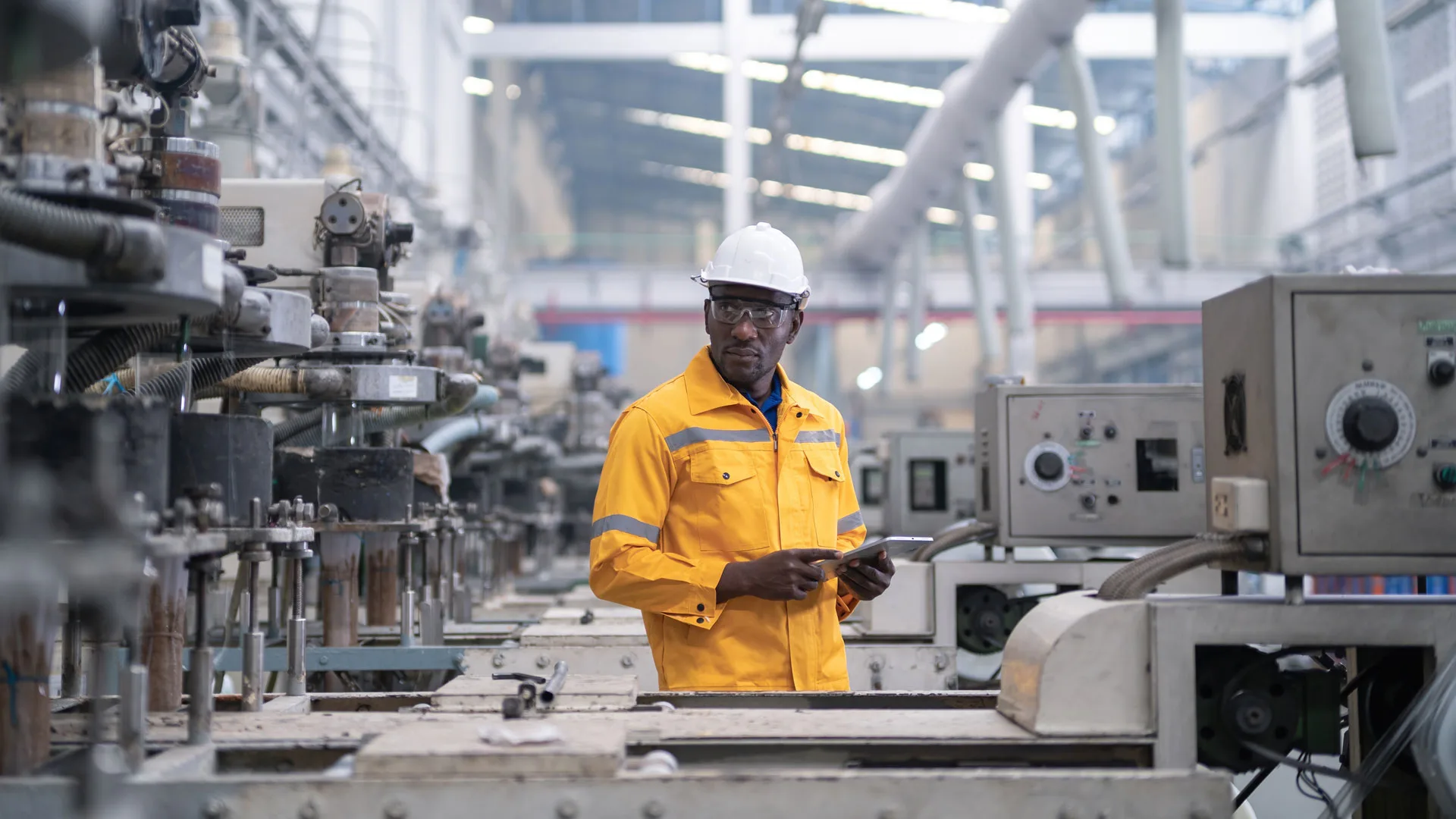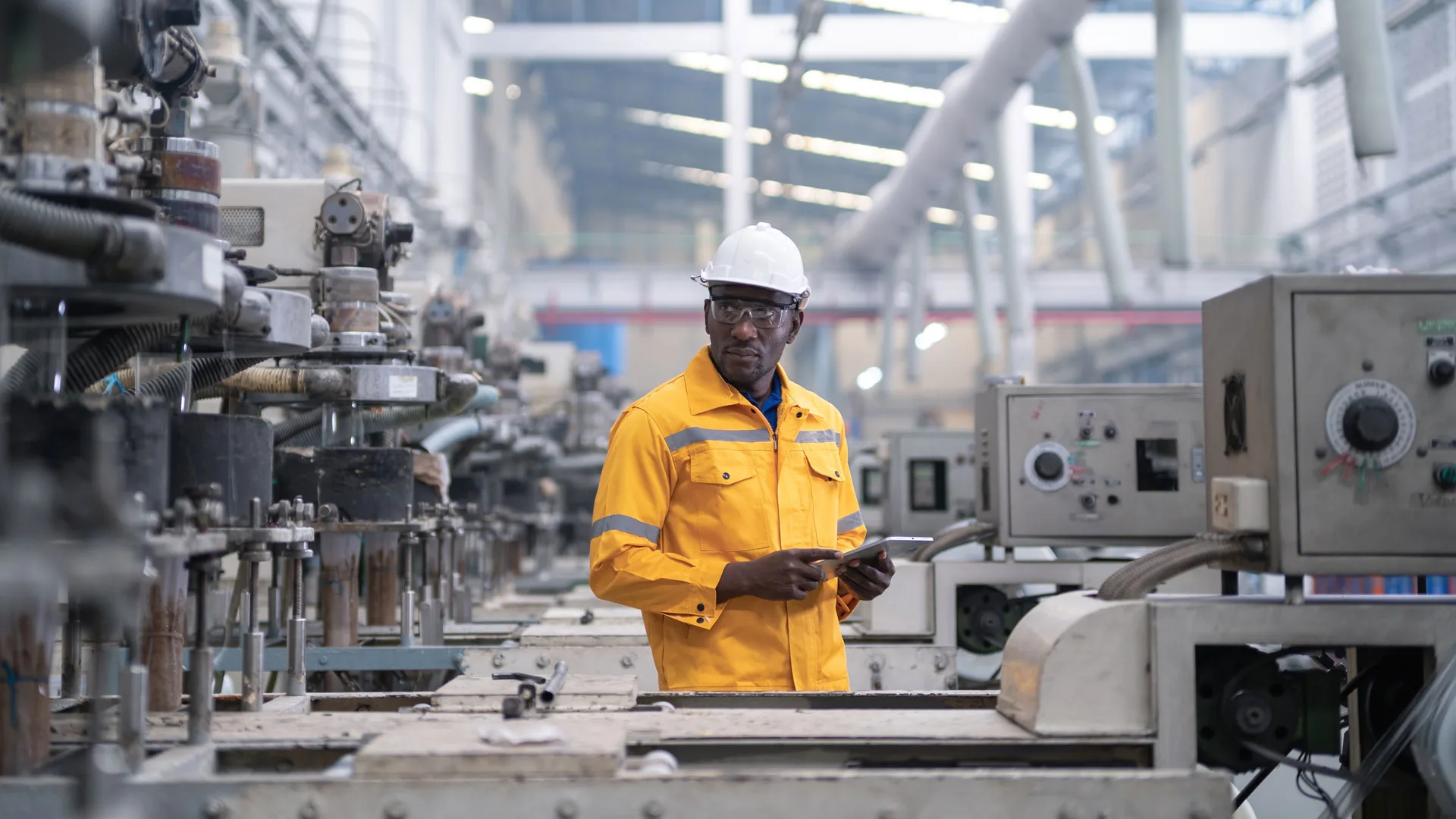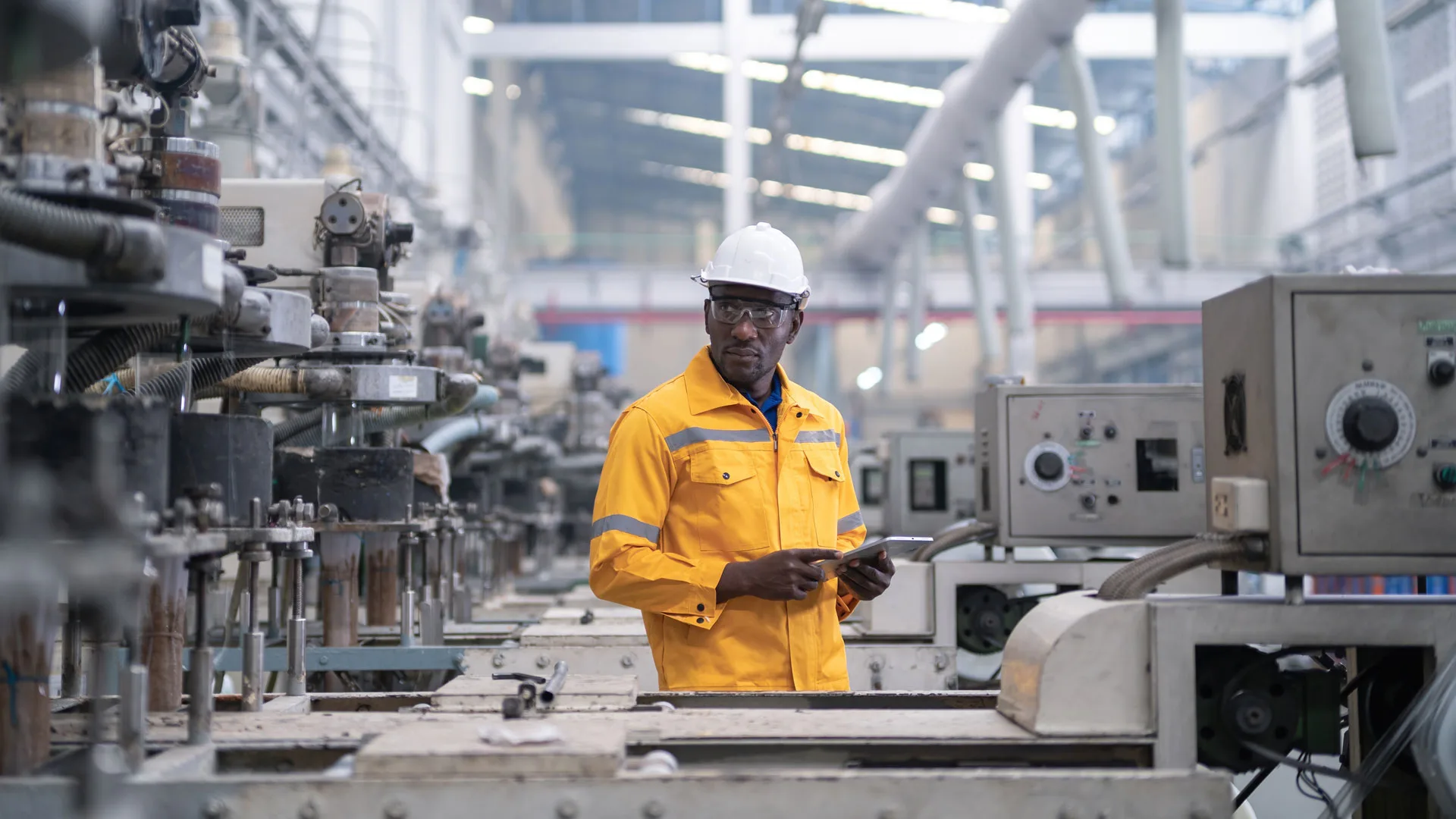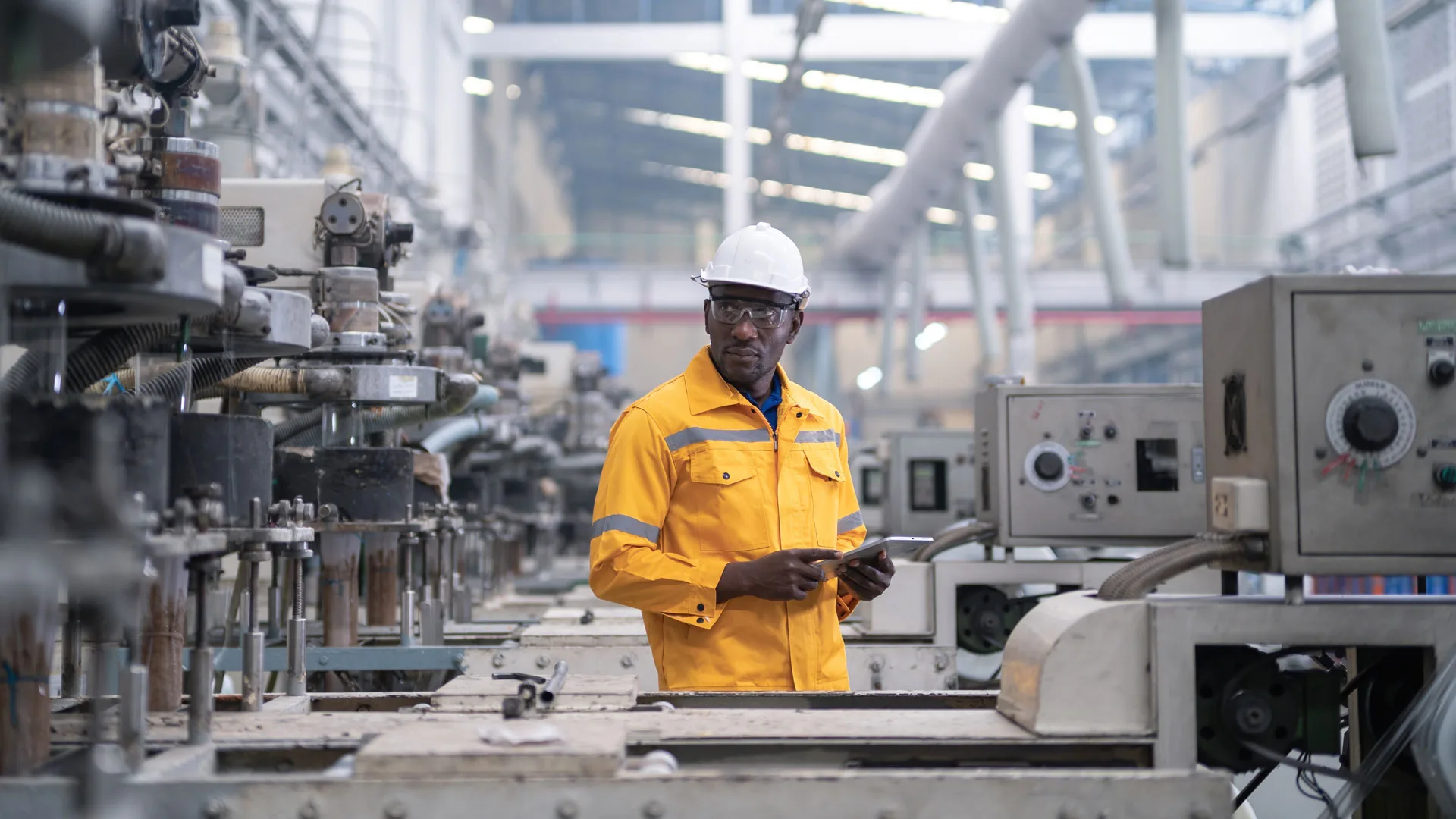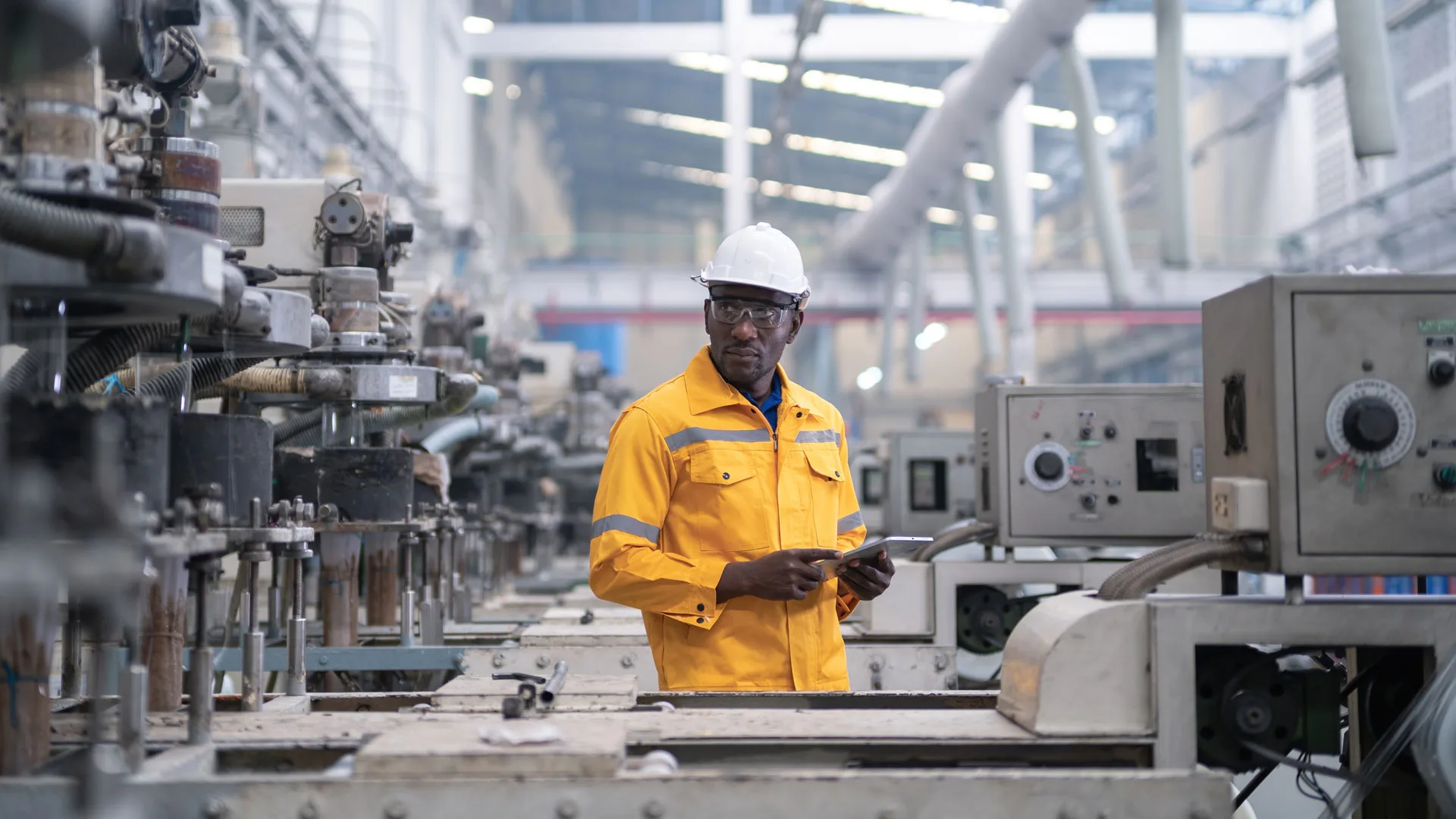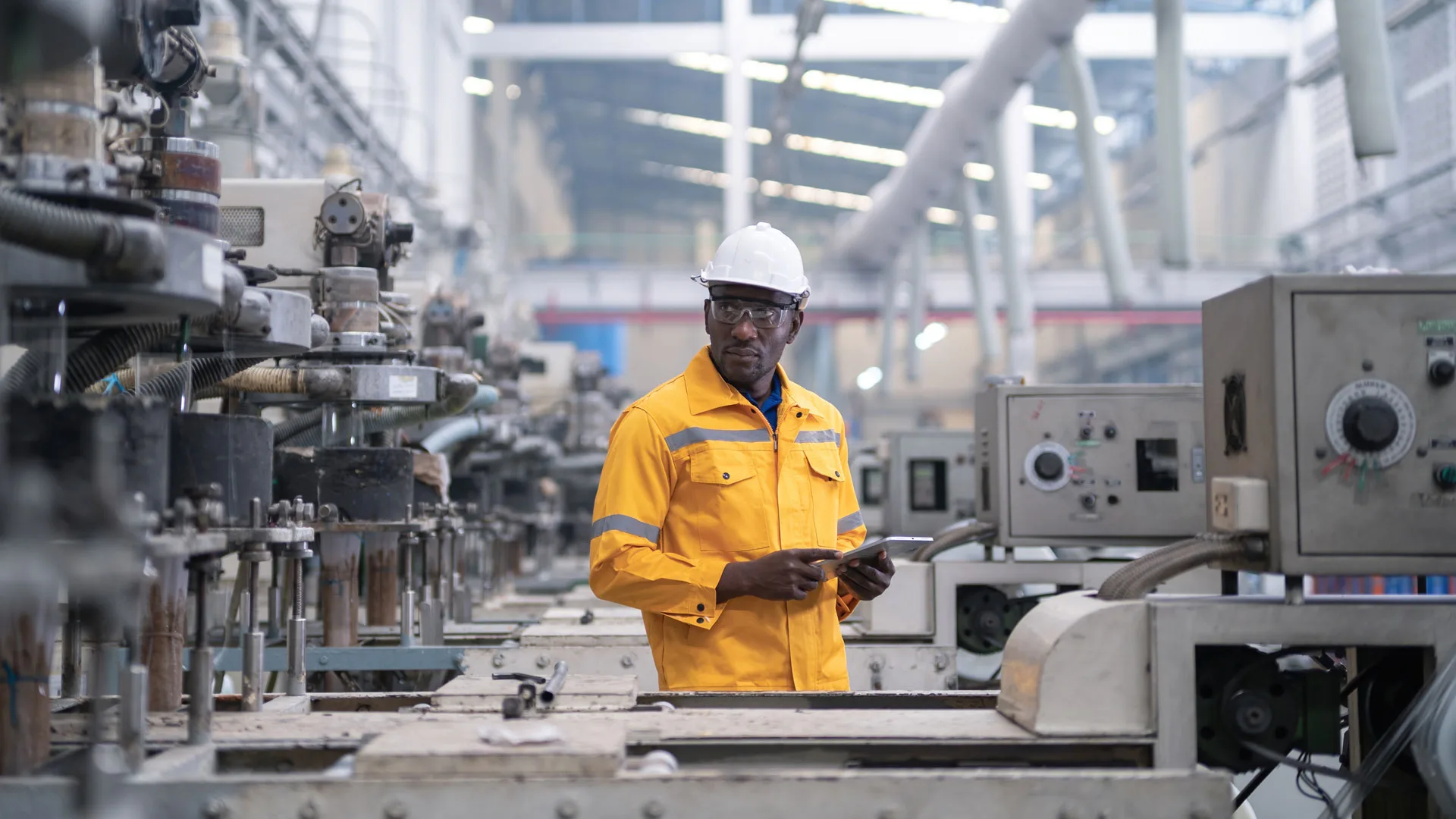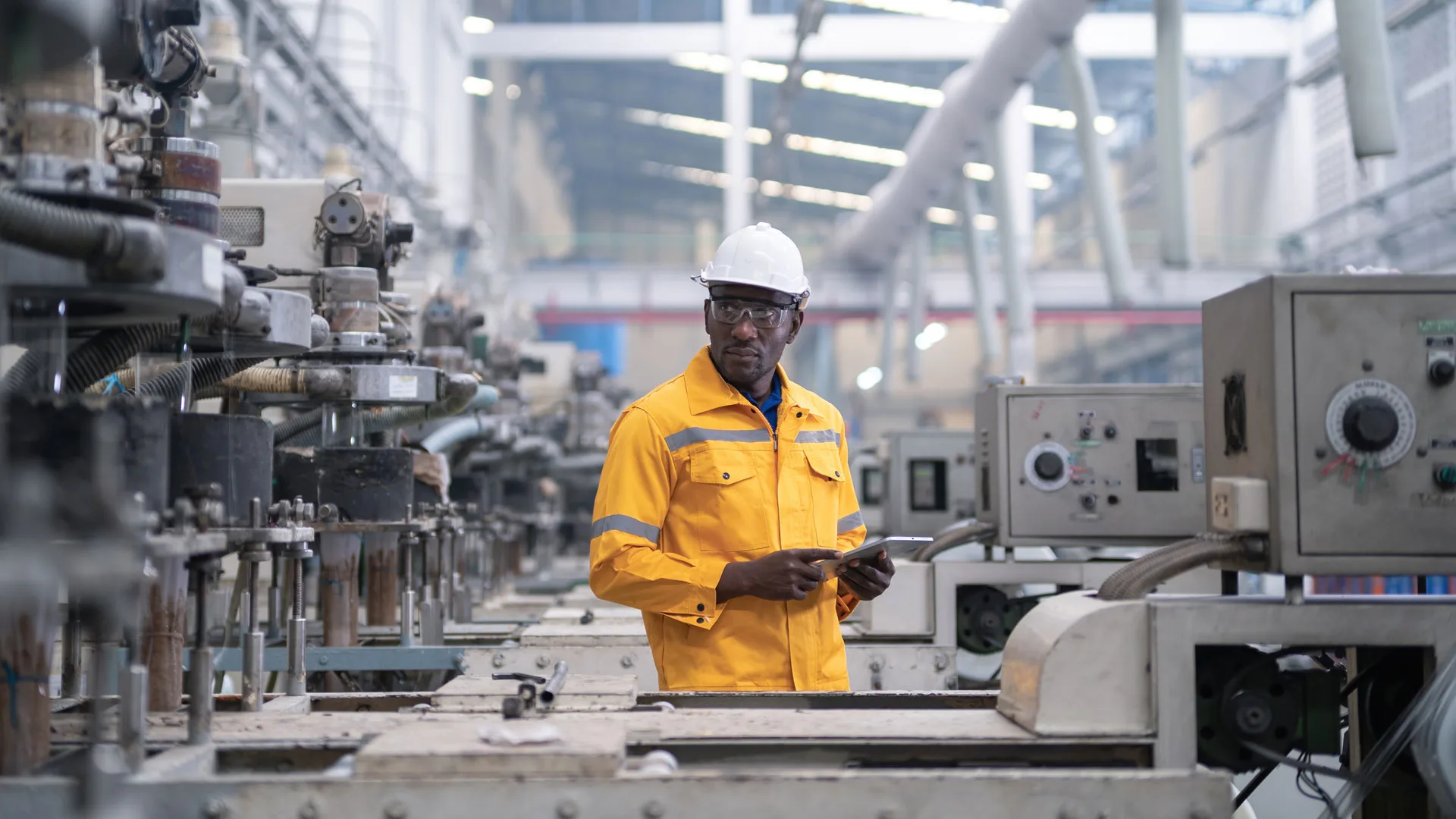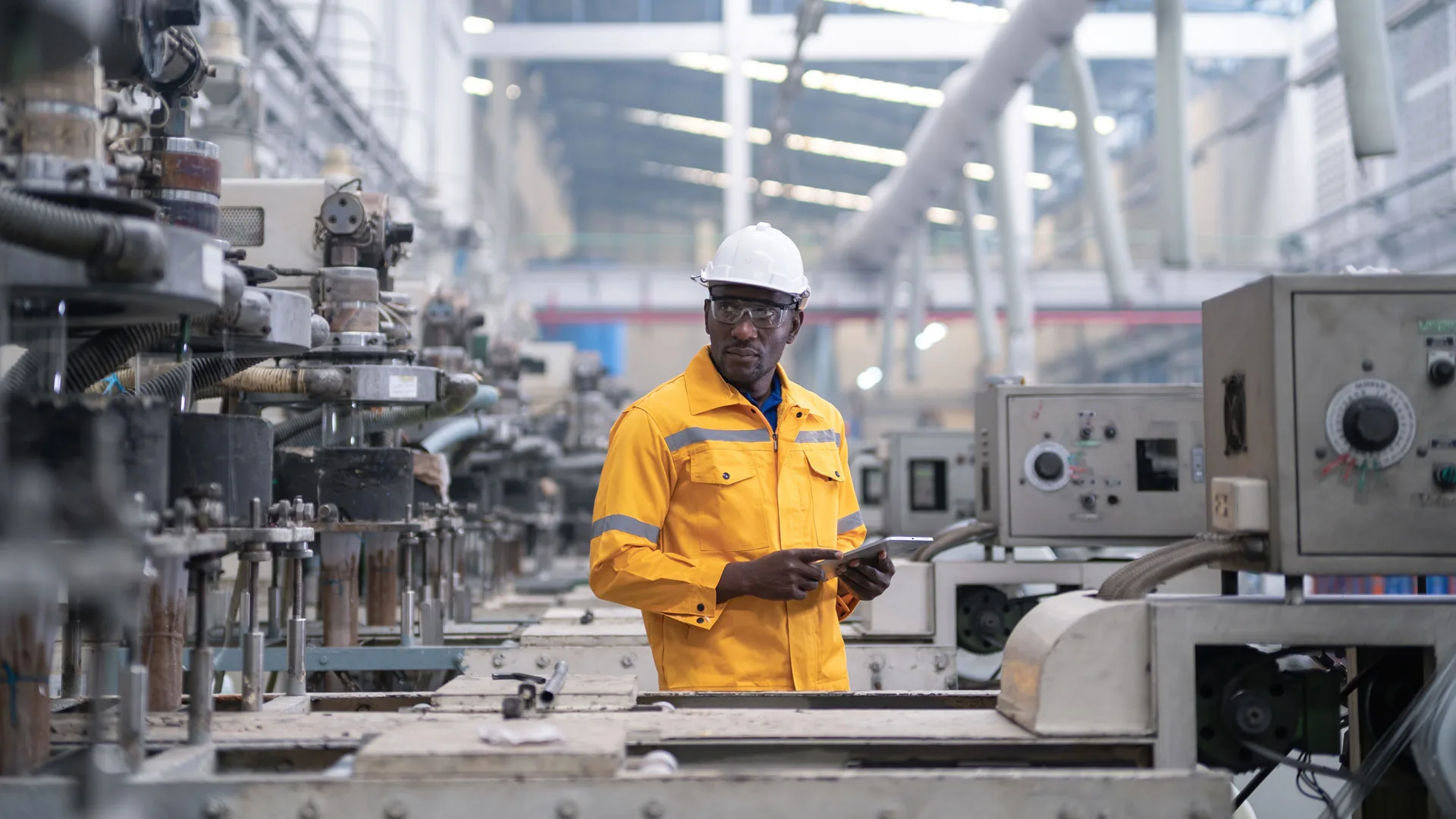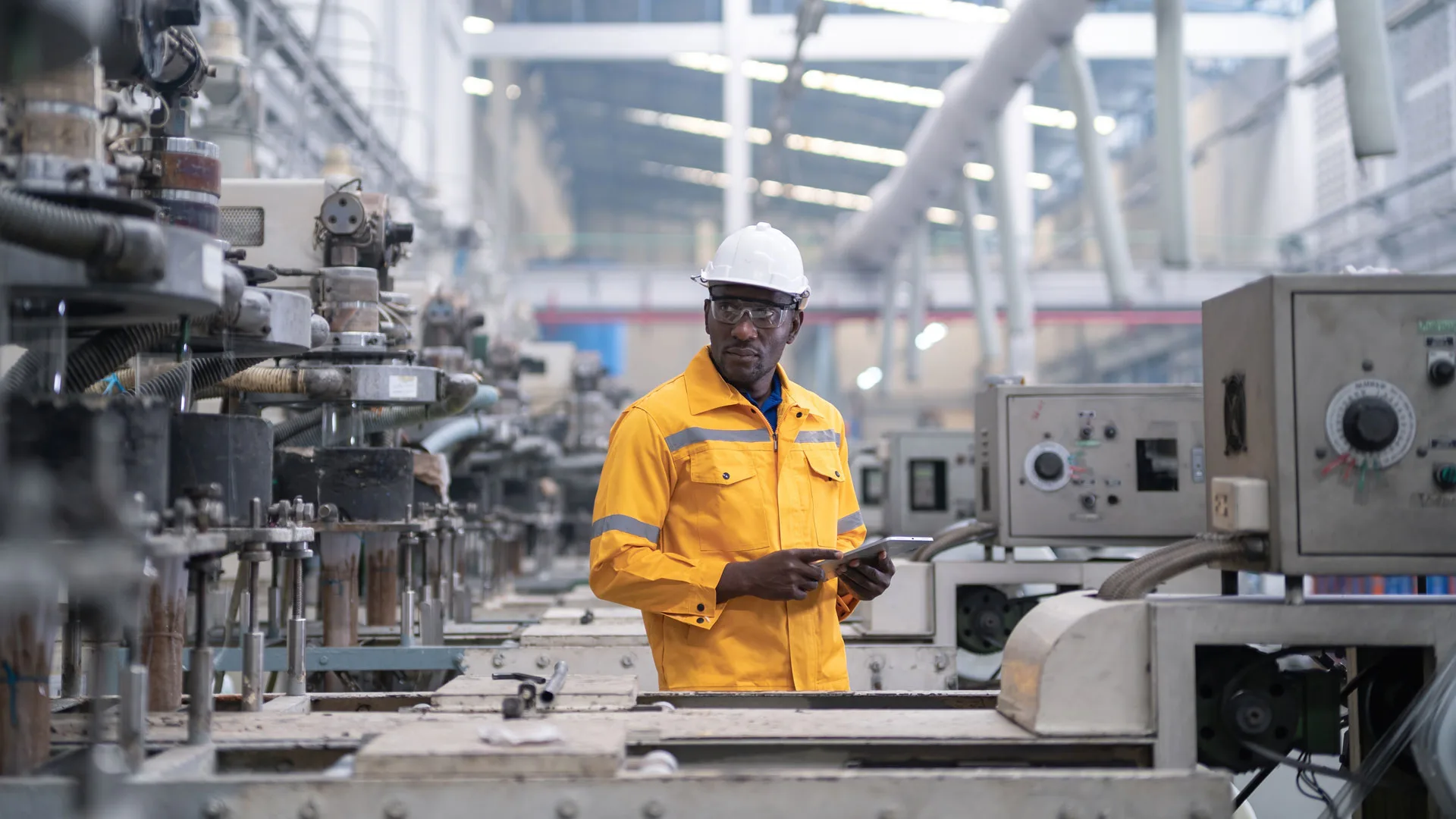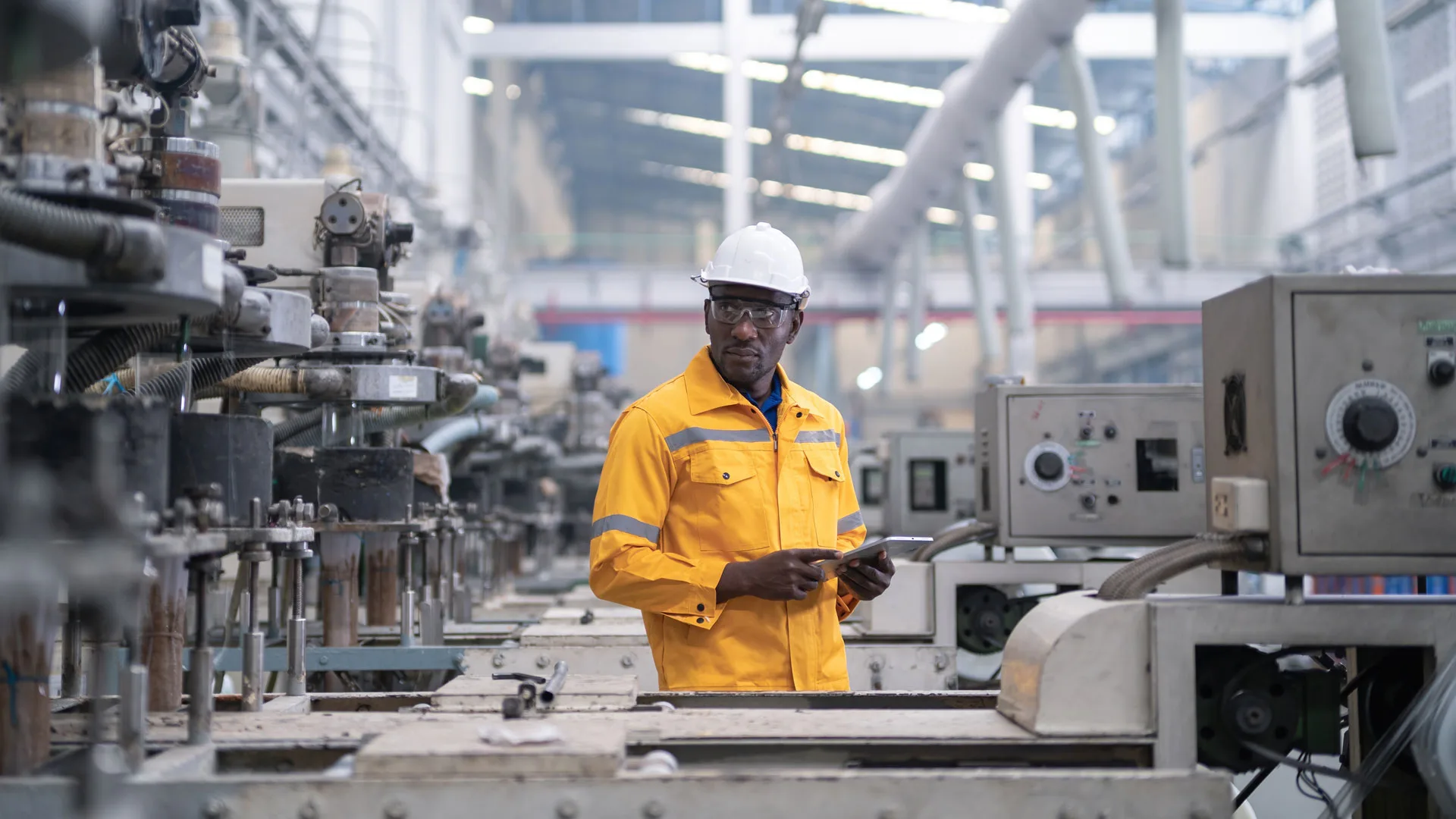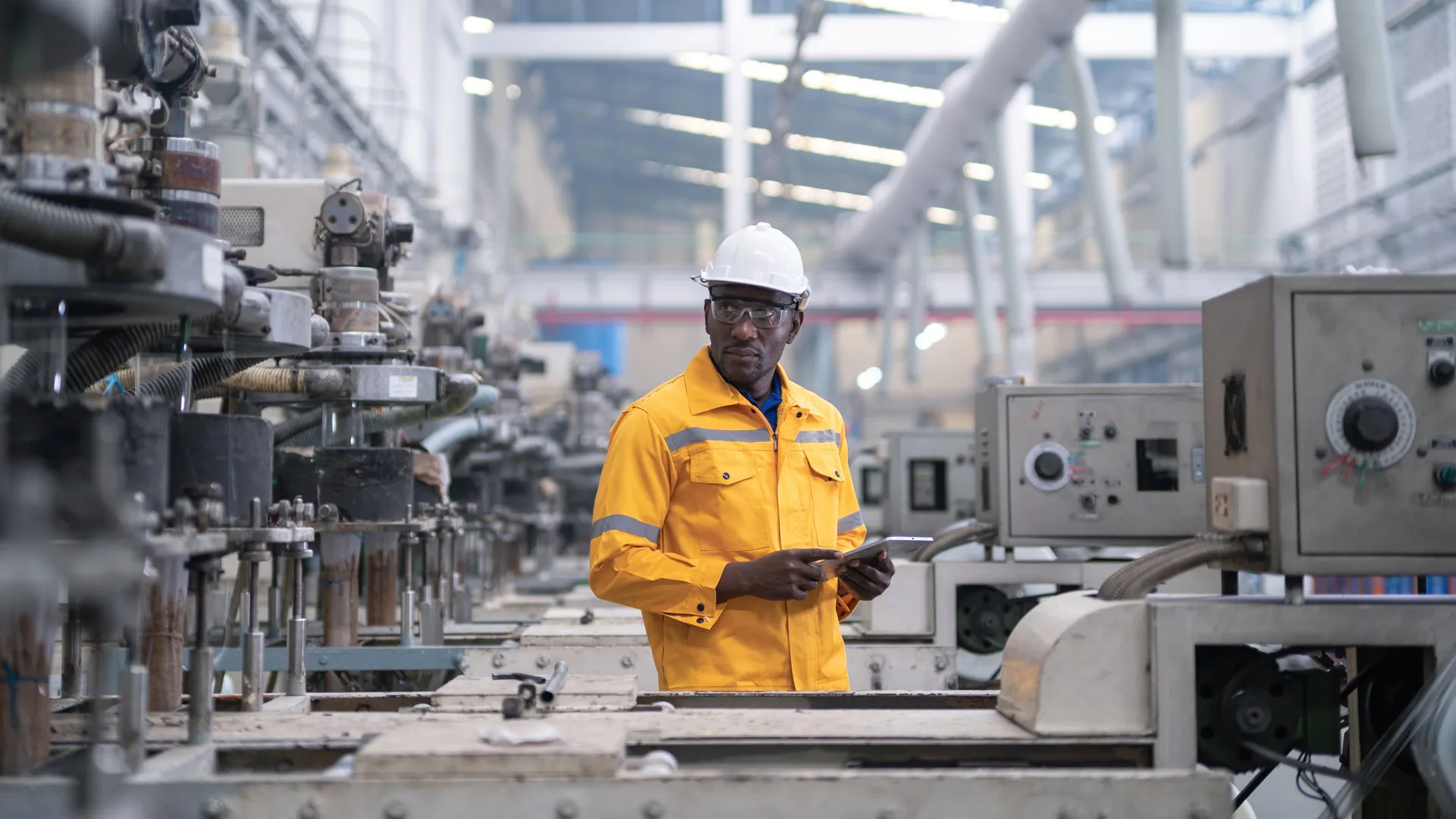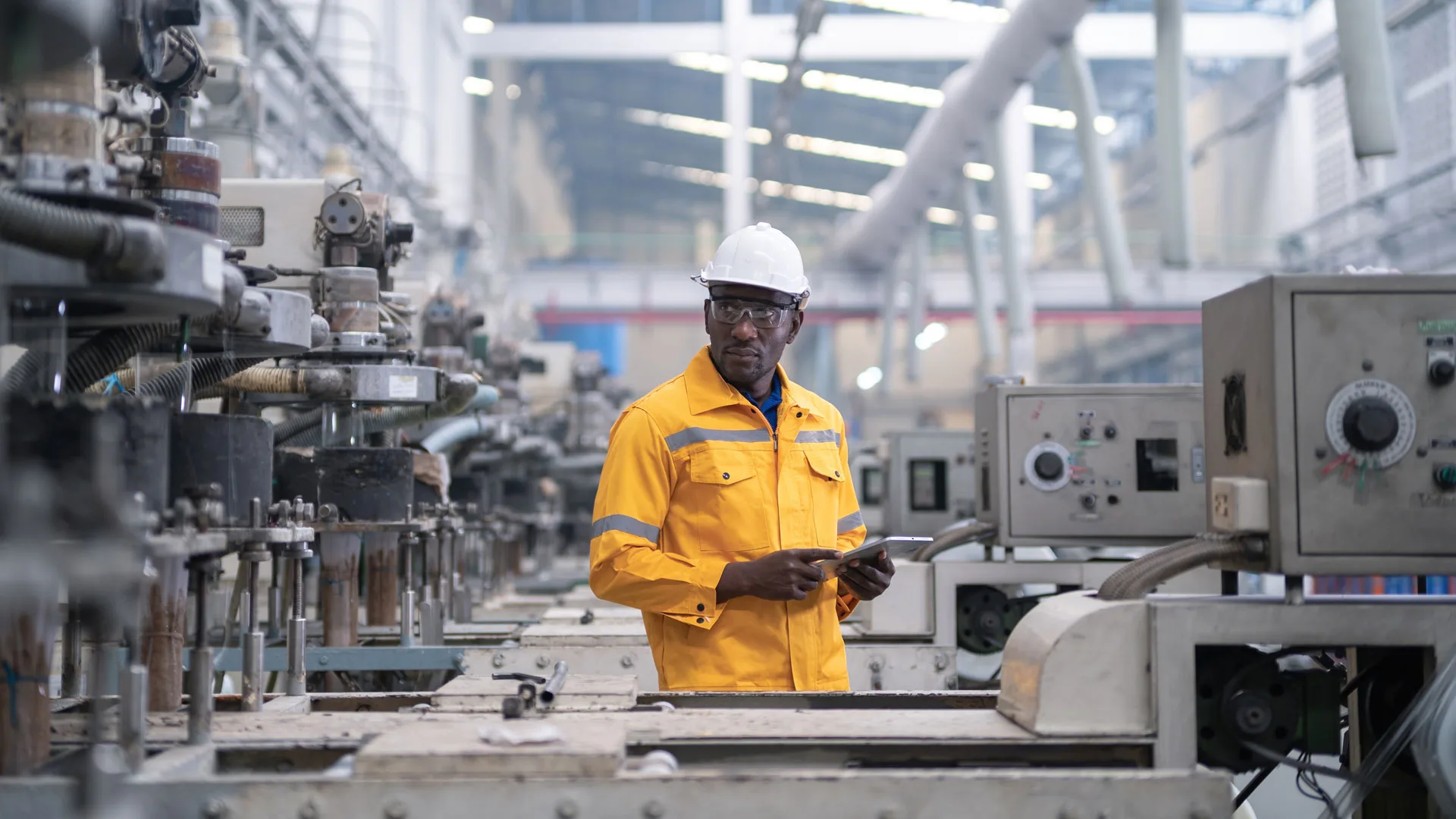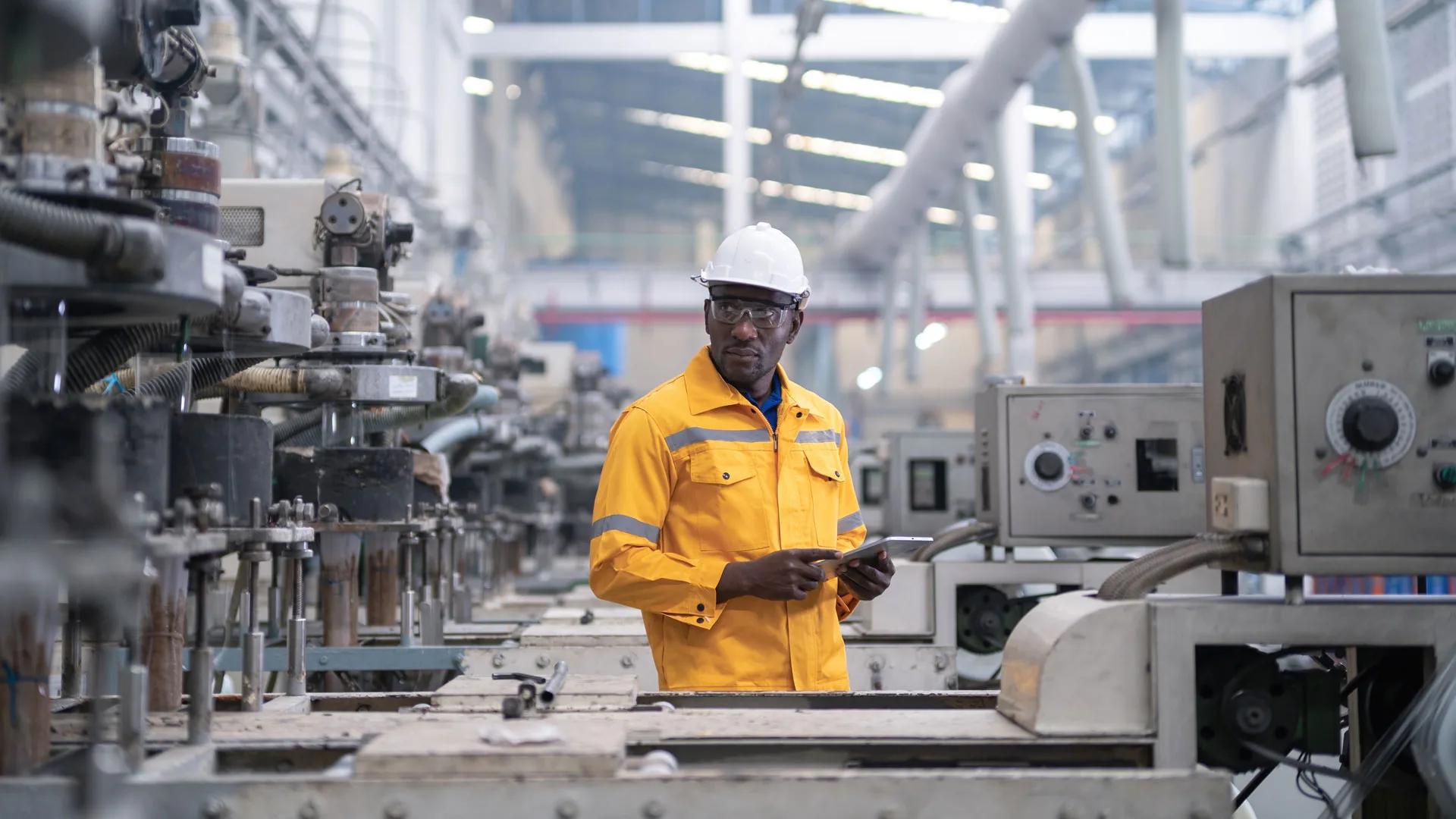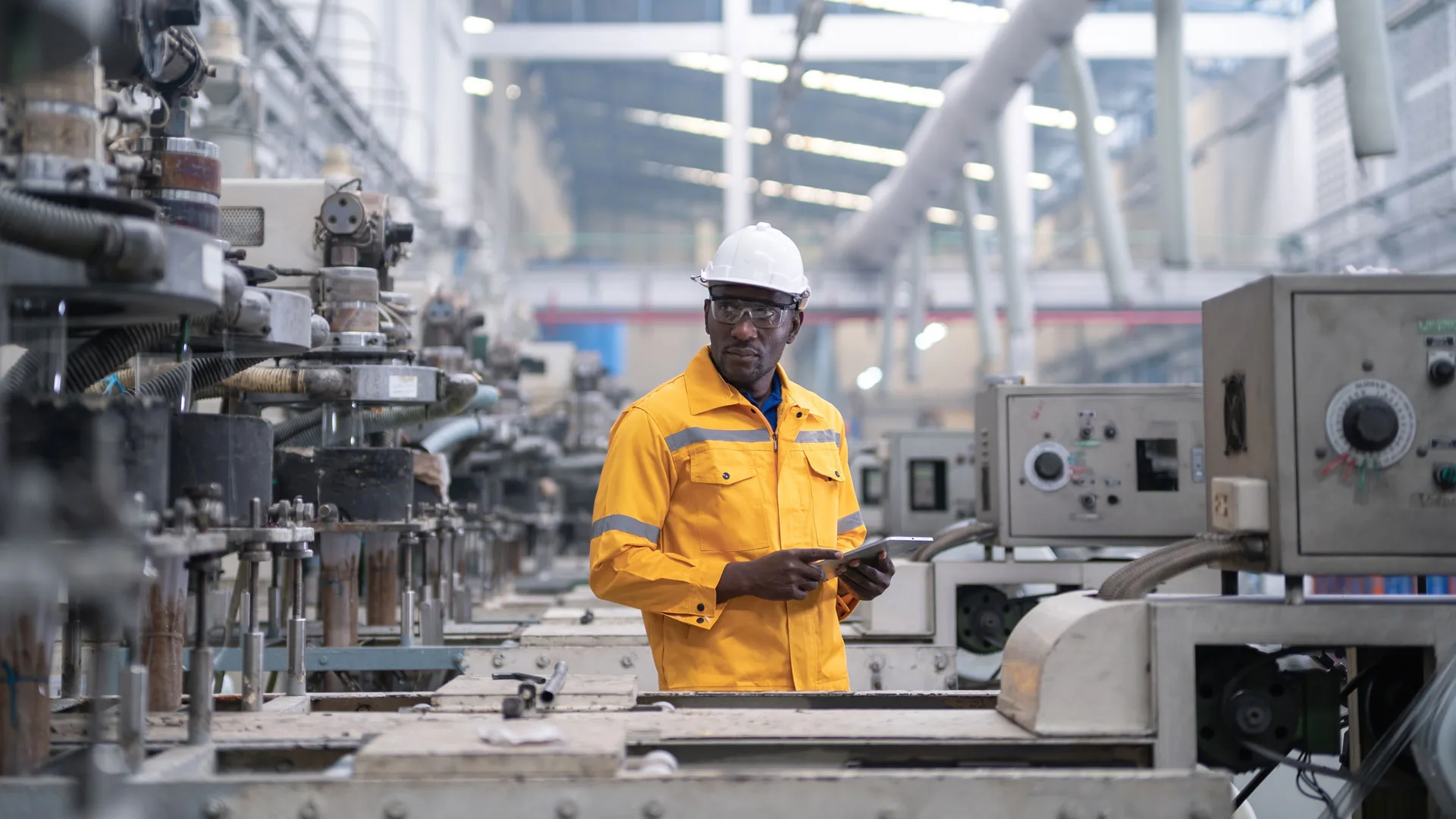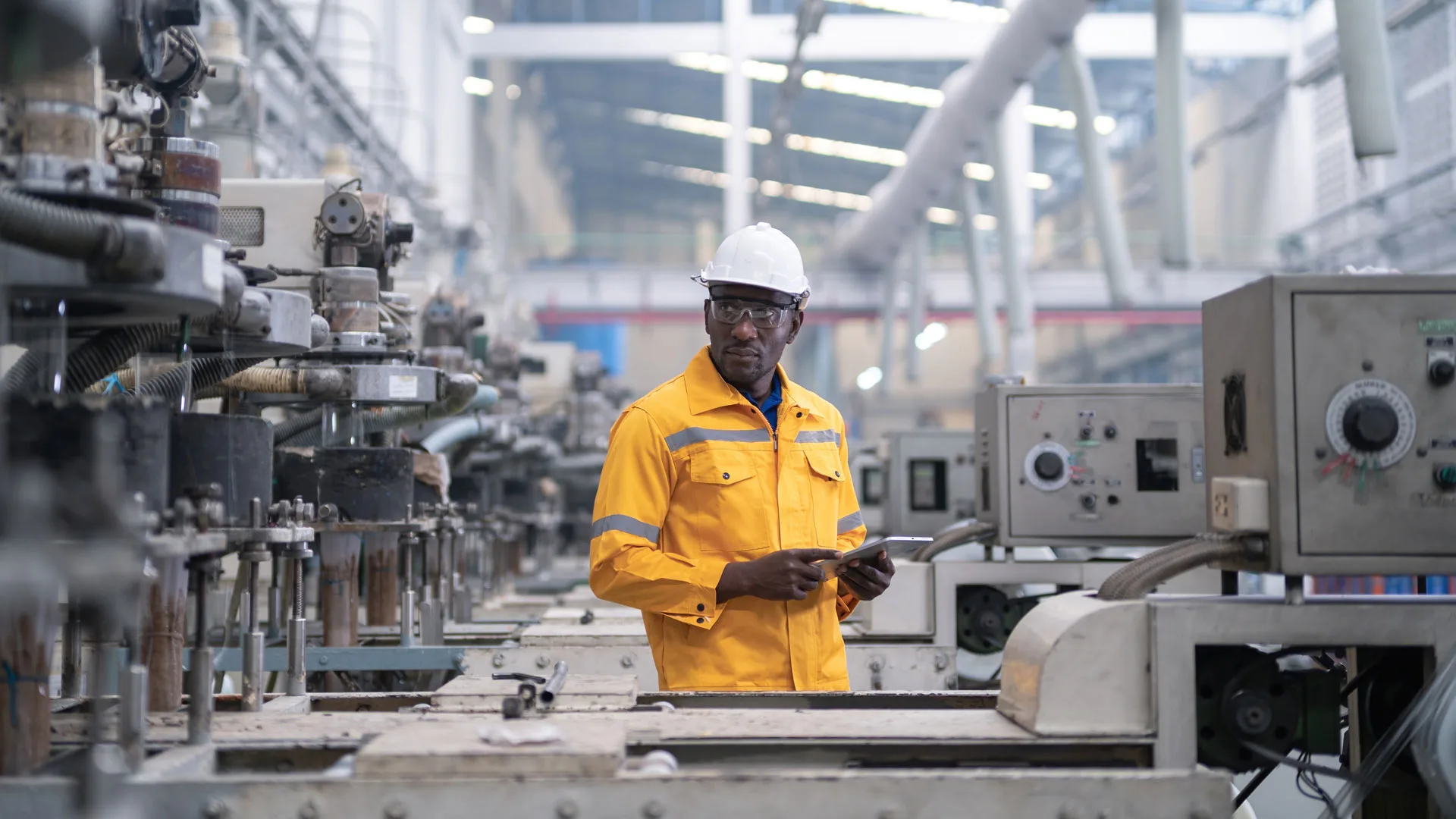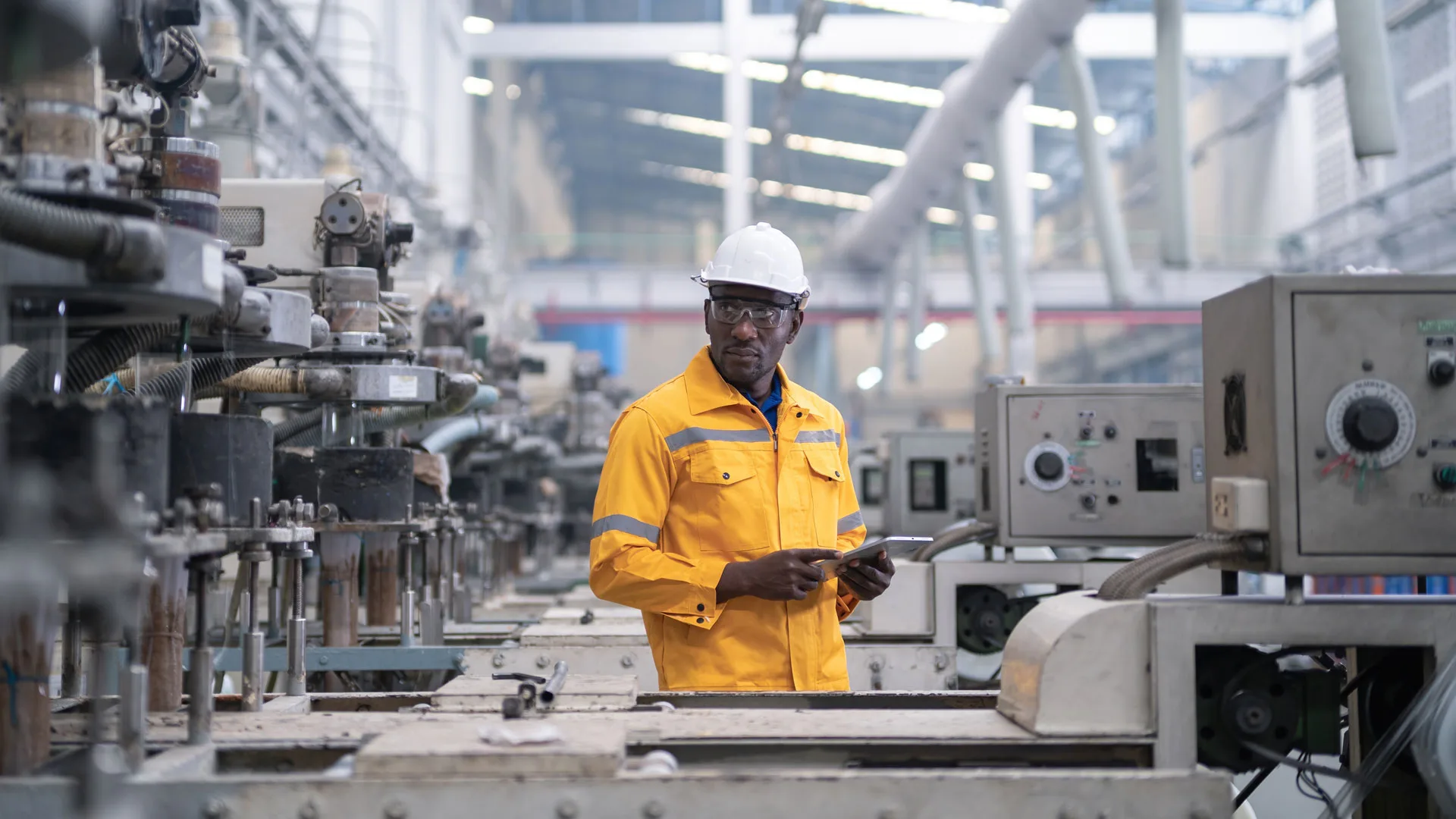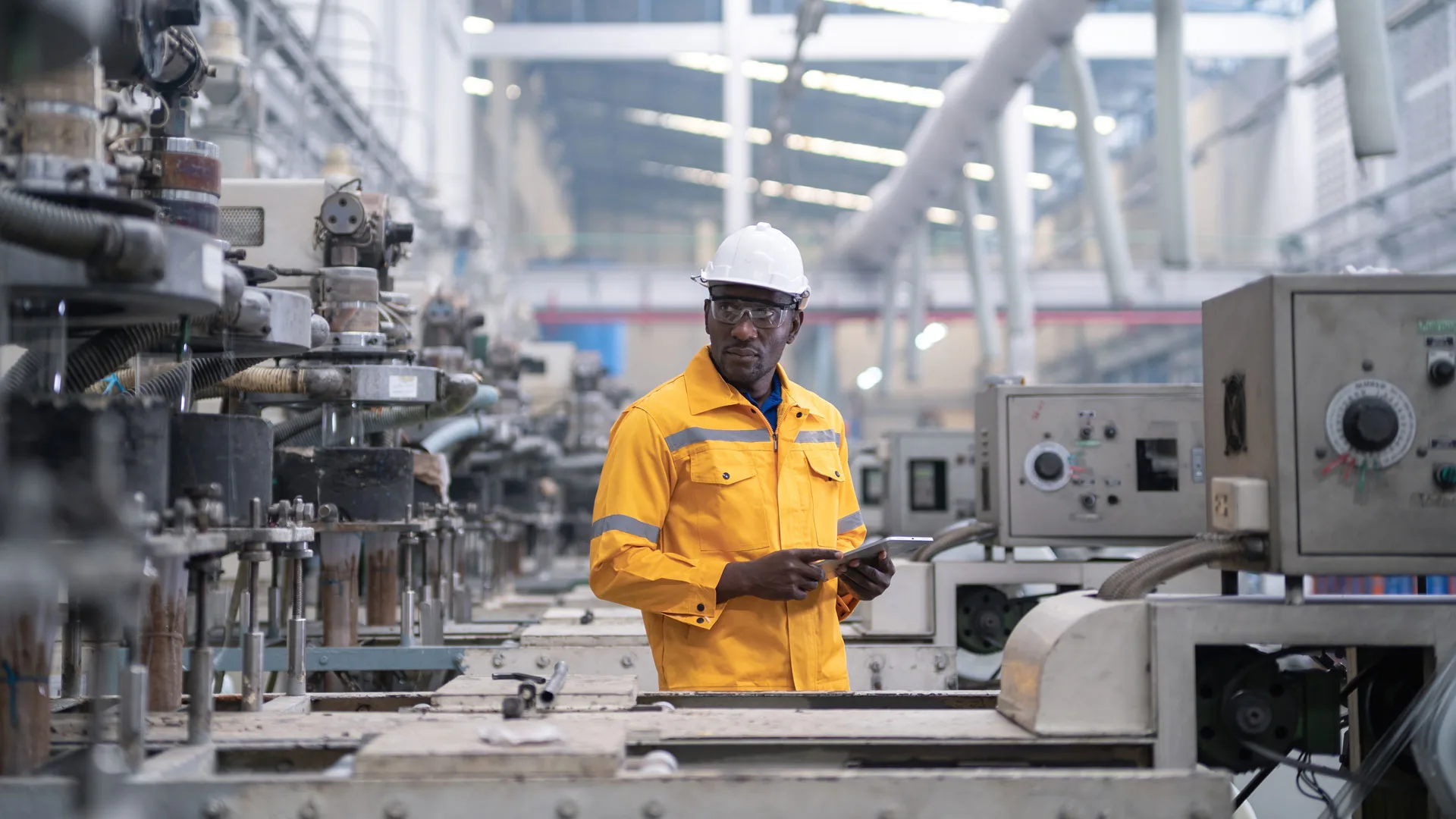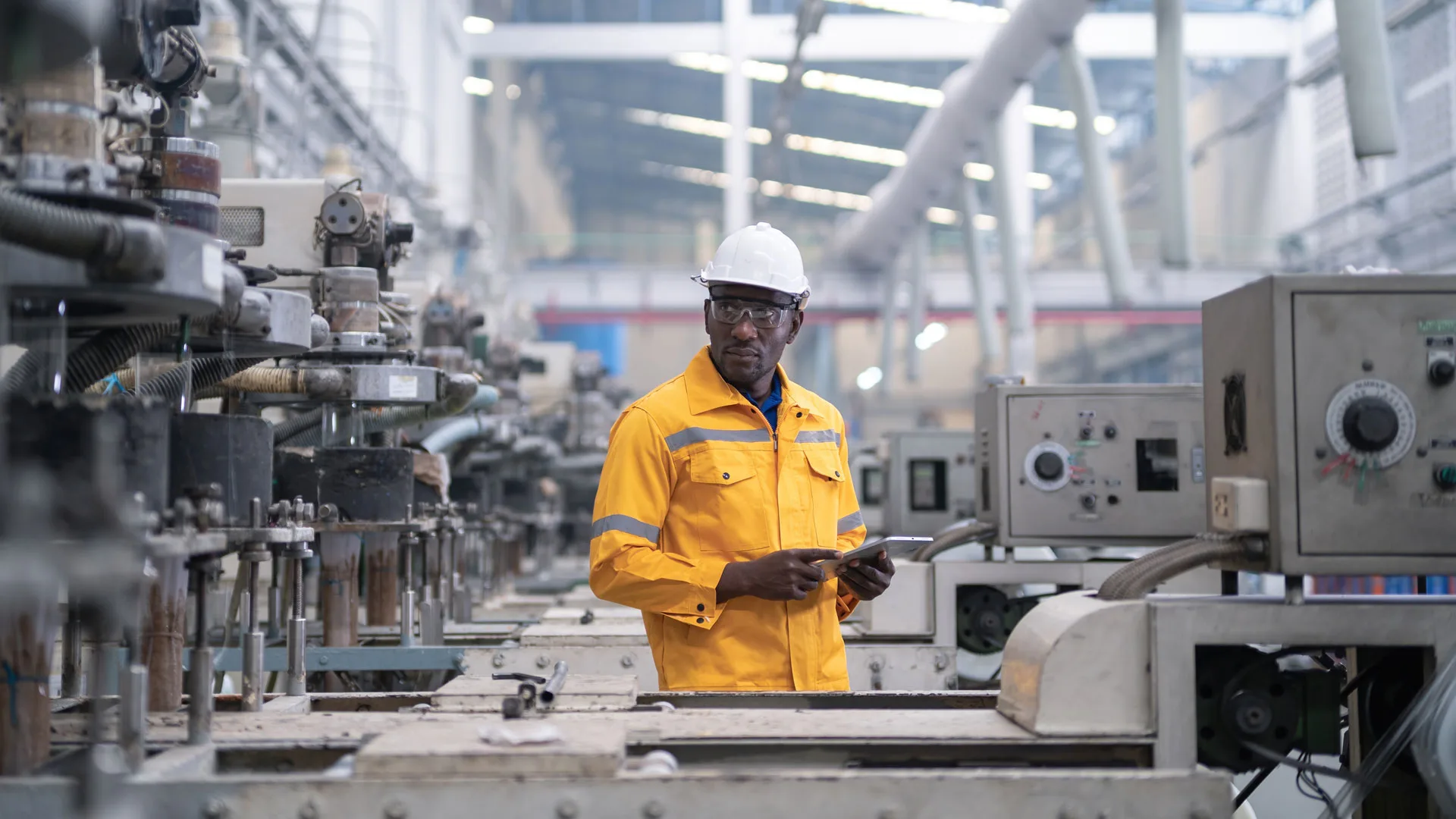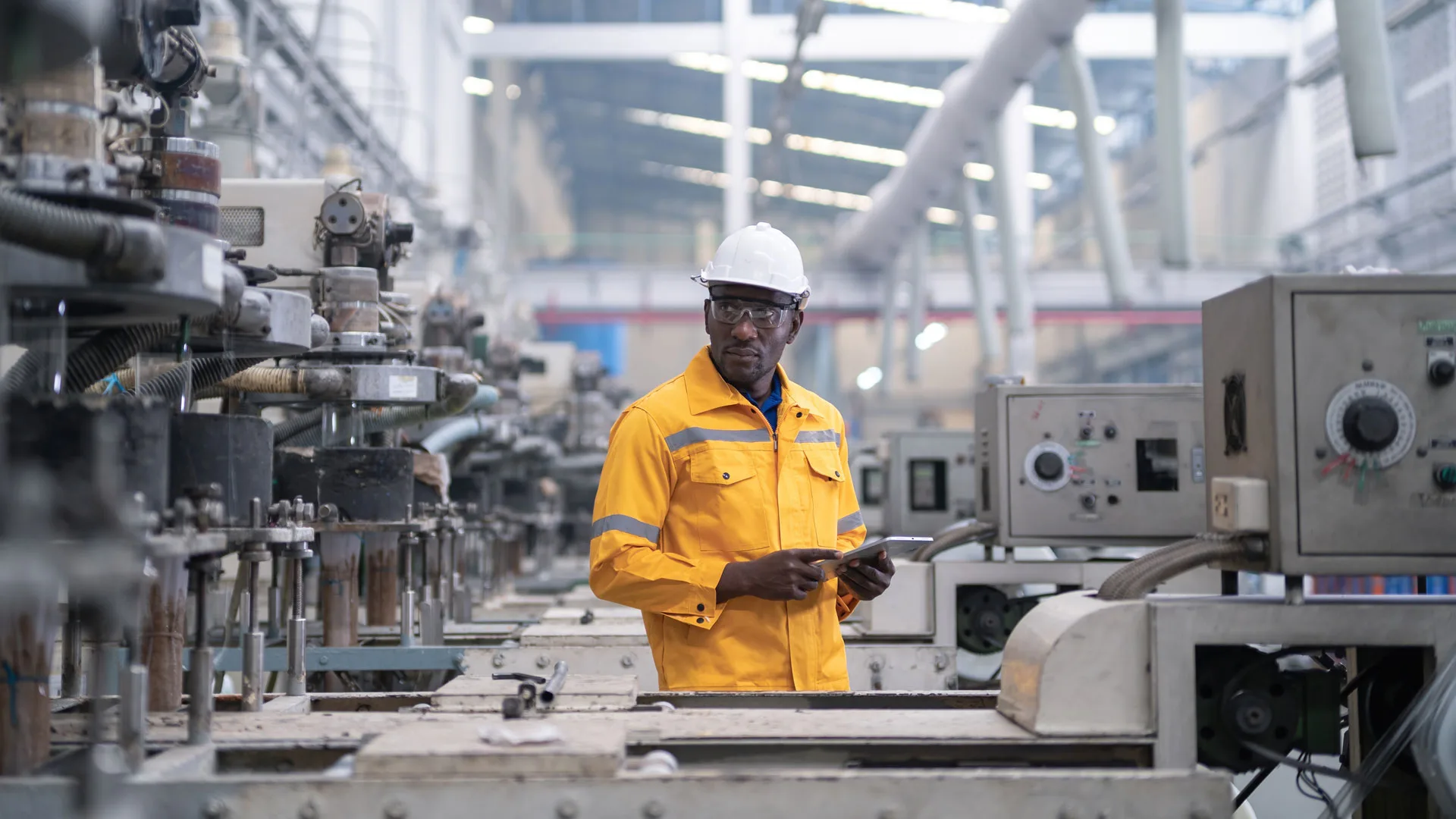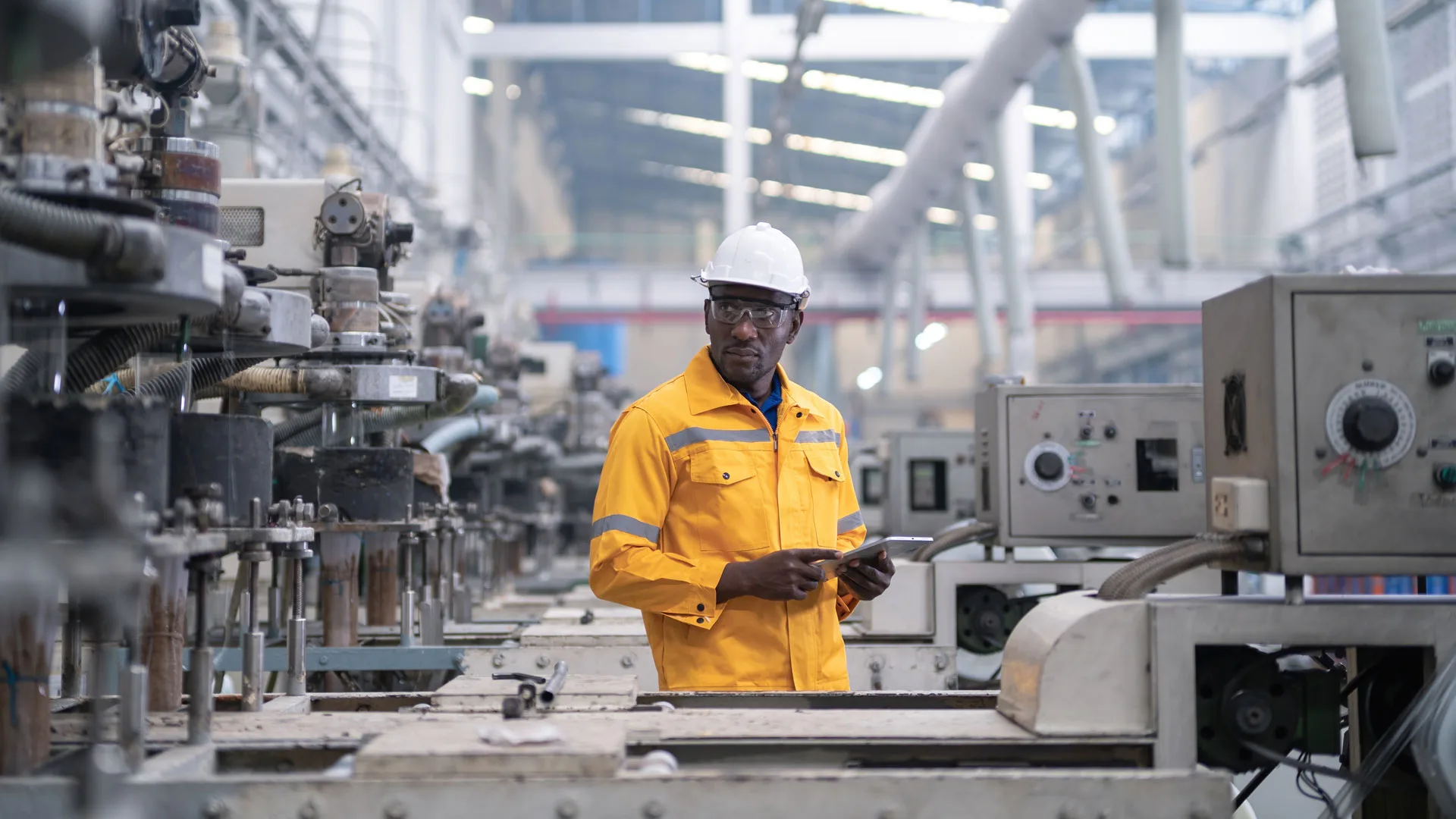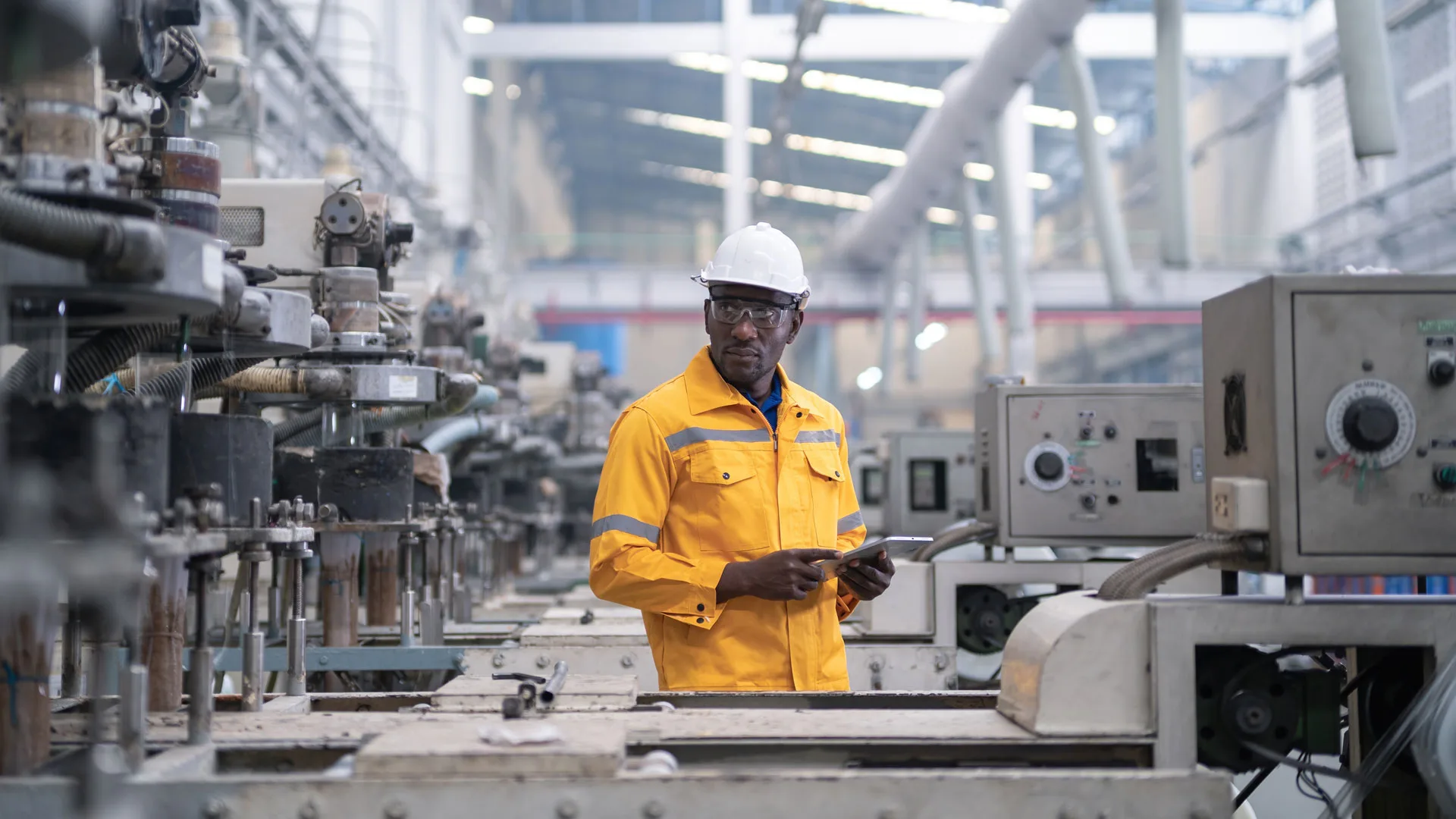Factory warehouses represent the backbone of modern supply chains, combining manufacturing capabilities with extensive storage …
Textile Factory Insurance: Complete Coverage Guide for Manufacturing Operations
The textile manufacturing industry faces unique risks that require specialized insurance coverage. From fire hazards associated with fabric processing to machinery breakdowns that can halt production, textile factories need comprehensive protection to safeguard their operations, employees, and financial stability.
Understanding Textile Factory Risks
Textile manufacturing involves complex processes that create specific vulnerabilities. Fire risk is particularly high due to the combustible nature of raw materials, dust accumulation from fiber processing, and heat-generating machinery. Chemical storage and usage in dyeing and finishing processes present additional hazards, while expensive specialized equipment creates significant replacement cost exposure.
Production interruptions can be devastating for textile manufacturers who often operate on tight margins and delivery schedules. A single machinery breakdown or facility damage can disrupt supply chains, delay orders, and result in substantial financial losses that extend far beyond immediate repair costs.
Essential Coverage Components
Property Insurance
Property Insurance forms the foundation of textile factory protection, covering buildings, machinery, raw materials, work-in-progress, and finished goods. This includes specialized textile equipment such as looms, knitting machines, dyeing equipment, and finishing machinery that can cost hundreds of thousands of pounds to replace.
Business Interruption Insurance
Business Interruption Insurance is crucial for textile manufacturers, covering lost profits and ongoing expenses when operations cease due to covered events. This protection extends to additional costs of working at alternative locations and expediting expenses to minimize downtime.
Product Liability Insurance
Product Liability Insurance protects against claims arising from defective textiles that cause injury or property damage. This is particularly important for manufacturers producing clothing, upholstery, or technical textiles where safety standards are critical.
Employers Liability Insurance
Employers Liability Insurance covers workplace injuries in an environment where employees work with heavy machinery, chemicals, and potentially hazardous processes. Textile factories must also consider coverage for occupational illnesses related to dust exposure or chemical handling.
Professional Indemnity Insurance
Professional Indemnity Insurance may be necessary for textile manufacturers who provide design services or technical consulting, protecting against claims of inadequate advice or design flaws that result in client losses.
Cyber Insurance
Cyber Insurance has become increasingly important as textile manufacturers adopt digital technologies for inventory management, order processing, and automated production systems. Data breaches or system failures can disrupt operations and compromise customer information.
Specialized Textile Manufacturing Considerations
Different textile manufacturing processes require tailored coverage approaches. Cotton processing facilities face high fire and explosion risks due to dust accumulation, while synthetic fiber production involves chemical processes that create environmental liability exposure.
Dyeing and finishing operations require coverage for pollution liability, as chemical spills or wastewater issues can result in significant cleanup costs and regulatory penalties. Knitting and weaving facilities need protection for expensive computerized machinery that controls complex production patterns.
Risk Management Strategies
Effective risk management reduces insurance costs and improves operational safety. Fire prevention systems including sprinkler systems, dust collection equipment, and regular cleaning schedules are essential. Chemical storage should comply with safety regulations, with proper containment and handling procedures.
Regular machinery maintenance prevents breakdowns and extends equipment life, while employee training on safety procedures reduces workplace accidents. Quality control systems help prevent product liability claims by ensuring textiles meet safety and performance standards.
Regulatory Compliance
Textile manufacturers must comply with various regulations affecting insurance requirements. Health and Safety Executive guidelines cover workplace safety, while environmental regulations govern chemical usage and waste disposal. Fire safety regulations are particularly stringent for textile facilities due to inherent fire risks.
International standards such as OEKO-TEX for textile safety may be required for certain markets, with insurance implications if products fail to meet certification requirements.
Claims Management
When claims occur, prompt action minimizes losses and speeds recovery. Fire damage requires immediate securing of the site and inventory of damaged goods. Machinery breakdown claims need rapid assessment to determine repair versus replacement options.
Business interruption claims require detailed documentation of lost production and additional expenses. Working with insurers experienced in textile manufacturing ensures claims are handled efficiently and fairly.
Cost Factors and Premium Considerations
Insurance costs vary based on facility size, production processes, fire protection systems, and claims history. Factories with modern fire suppression systems and comprehensive safety programs typically receive better rates.
Location affects premiums, with facilities in areas prone to flooding or other natural disasters facing higher costs. The age and condition of machinery also impact coverage costs, as older equipment may be more prone to breakdown.
Choosing the Right Insurer
Selecting an insurer with textile manufacturing expertise ensures proper coverage and claims handling. Look for insurers who understand the industry's unique risks and can provide specialized coverage options.
Consider insurers who offer risk management services, helping identify and mitigate potential hazards before they result in claims. Loss control services can include fire safety assessments, machinery inspections, and employee training programs.
Policy Review and Updates
Regular policy reviews ensure coverage keeps pace with business growth and changing risks. New machinery acquisitions, facility expansions, or process changes may require coverage adjustments.
Annual reviews should assess coverage limits against current replacement costs, as inflation and technology advances can quickly make coverage inadequate. Business interruption values should reflect current profit levels and operating expenses.
Frequently Asked Questions
What types of textile manufacturing are covered?
Most policies cover various textile processes including spinning, weaving, knitting, dyeing, finishing, and garment manufacturing, though specific processes may require specialized coverage.
How is business interruption coverage calculated?
Coverage is typically based on gross profit (turnover less variable costs) plus continuing expenses, calculated over a specified indemnity period.
Are raw materials covered while in storage?
Yes, property insurance typically covers raw materials, work-in-progress, and finished goods, though coverage limits and conditions vary by policy.
What about coverage for contract manufacturing?
Policies can be structured to cover goods belonging to others while in your custody, but this requires specific coverage provisions.
How does location affect coverage?
Facilities in flood-prone areas or regions with higher crime rates may face higher premiums or require additional coverage.
Are environmental liabilities covered?
Standard policies may exclude pollution, requiring separate environmental liability coverage for chemical-related risks.
What documentation is needed for claims?
Maintain detailed inventory records, machinery maintenance logs, financial records, and production schedules to support potential claims.
How can premiums be reduced?
Implementing comprehensive fire prevention systems, regular maintenance programs, employee safety training, and working with experienced insurers can help reduce costs.
Textile factory insurance requires careful consideration of industry-specific risks and specialized coverage needs. Working with experienced insurance professionals ensures your manufacturing operation has comprehensive protection against the unique challenges facing textile manufacturers in today's competitive market.


 0330 127 2333
0330 127 2333
